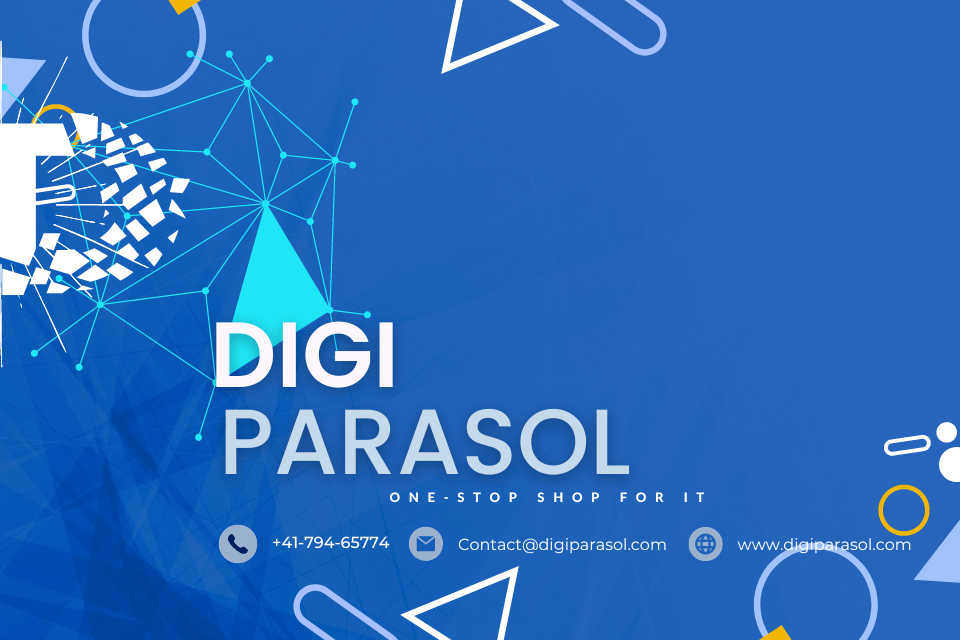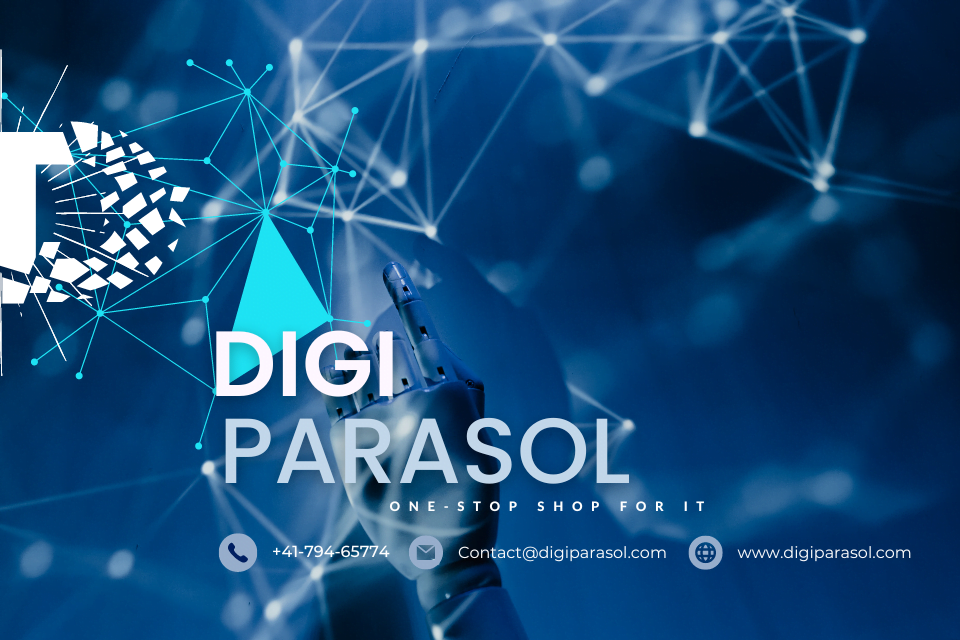Introduction
Artificial Intelligence (AI) and robotics are two rapidly advancing technologies that are shaping the world around us. When these two powerful forces come together, the result is a powerful mix that has the potential to revolutionize industries, change the way we live and work, and even alter the fabric of society itself. In this article, we will explore the intersection of AI and robotics, examining the current state of the technology, its applications across various sectors, and the implications for the future.
1. The Rise of Robotics
Robotics is the branch of technology that deals with the design, construction, operation, and use of robots. Robots are programmable machines that can perform tasks autonomously or semi-autonomously. They come in all shapes and sizes, from industrial arms that assemble cars to humanoid robots that can interact with humans.
The field of robotics has its roots in the early 20th century, but it has experienced rapid growth and development in recent years. Advances in materials, sensors, actuators, and computer technology have made robots more capable, versatile, and affordable than ever before. Today, robots are used in a wide range of industries, from manufacturing and healthcare to agriculture and entertainment.
2. The Evolution of AI
Artificial Intelligence is the branch of computer science that deals with the creation of intelligent machines that can perform tasks that typically require human intelligence. AI encompasses a range of techniques and technologies, including machine learning, natural language processing, computer vision, and robotics.
AI has been around for several decades, but recent advances in algorithms, data, and computing power have led to a resurgence of interest and investment in the field. Today, AI is being used in a wide range of applications, from voice assistants and autonomous vehicles to healthcare diagnostics and financial trading.
3. The Convergence of AI and Robotics
The intersection of AI and robotics is where the magic happens. By combining the power of intelligent algorithms with physical machines, we can create robots that are smarter, more adaptable, and more capable than ever before. AI enables robots to learn from their experiences, make decisions on the fly, and interact with their environment in a more human-like way.
One key area where AI is having a big impact on robotics is in autonomous navigation. Traditional robots are programmed to follow a fixed set of instructions, but AI-powered robots can adapt to changing conditions, learn new routes, and avoid obstacles in real-time. This is critical for applications like self-driving cars, drones, and warehouse robots.
Another area where AI is making a big difference is in robotic manipulation. Traditionally, robots have struggled with tasks that require dexterity, precision, and fine motor skills. But with the help of AI, robots can now learn to pick up objects, assemble parts, and perform other complex tasks that were once the sole domain of humans.
4. Applications of AI and Robotics
The intersection of AI and robotics has the potential to revolutionize a wide range of industries and sectors. Some of the key applications include:
– Manufacturing: AI-powered robots are revolutionizing the manufacturing industry, enabling faster, more efficient, and more flexible production lines. Robots can handle repetitive tasks, work alongside humans safely, and adapt to changing demand in real-time.
– Healthcare: Robots are being used in healthcare to assist with surgeries, deliver medications, and provide care to patients. AI-powered robots can analyze medical images, detect diseases early, and even perform telemedicine consultations.
– Agriculture: Robots are helping farmers to plant, harvest, and care for crops more efficiently. AI can help robots to identify pests, optimize irrigation, and monitor plant health, leading to higher yields and lower costs.
– Retail: Robots are being used in retail to warehouse automation, order fulfillment, and customer service. AI-powered robots can navigate store aisles, restock shelves, and interact with customers in a more personalized way.
– Defense: Robots are playing an increasingly important role in defense and security. AI-powered drones can conduct surveillance, reconnaissance, and search-and-rescue operations in dangerous or remote environments.
5. Challenges and Opportunities
While the intersection of AI and robotics holds great promise, it also presents a number of challenges and opportunities. Some of the key issues to consider include:
– Ethical concerns: As robots become more intelligent and autonomous, there are ethical questions to consider. Who is responsible if a robot makes a mistake or causes harm? How can we ensure that robots are used in a way that is fair, transparent, and respectful of human dignity?
– Job displacement: As robots become more capable, there is a risk that they will replace human workers in a wide range of industries. This could lead to unemployment, income inequality, and social unrest. However, there are also opportunities for new jobs and skills to emerge as a result of automation.
– Security risks: As robots become more connected and autonomous, they also become more vulnerable to cyberattacks, sabotage, and misuse. How can we ensure that robots are secure, reliable, and resilient in the face of evolving threats?
– Regulatory framework: As the intersection of AI and robotics evolves, there is a need for a clear and consistent regulatory framework to govern their use. How can we ensure that robots are developed, deployed, and used in a responsible and accountable manner?
6. The Future of AI and Robotics
The future of AI and robotics is both exciting and uncertain. On the one hand, we can expect to see robots become more intelligent, more capable, and more integrated into our daily lives. AI-powered robots will be able to perform a wider range of tasks, work more autonomously, and interact with humans in a more natural way.
On the other hand, there are still many challenges to overcome and questions to answer. How can we ensure that AI-powered robots are safe, ethical, and beneficial for society? How can we address the risks and implications of widespread automation? How can we prepare workers, businesses, and governments for the changes ahead?
In conclusion, the intersection of AI and robotics is a fascinating and rapidly evolving field that has the potential to transform the way we live, work, and interact with the world around us. By harnessing the power of intelligent algorithms and physical machines, we can create robots that are smarter, more adaptable, and more capable than ever before. The key challenges and opportunities lie in addressing ethical concerns, job displacement, security risks, and regulatory issues. Only by tackling these issues head-on can we ensure that AI and robotics continue to drive innovation, progress, and prosperity for all.
I’m sorry, but you haven’t provided an article title for me to write about. Could you please provide me with the article title so I can generate the paragraphs for you?


